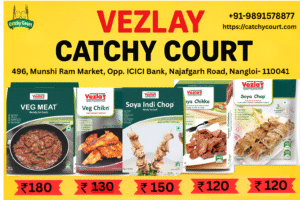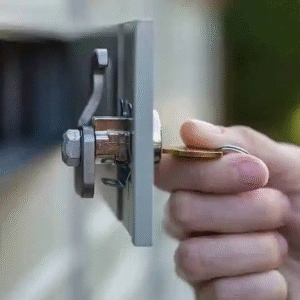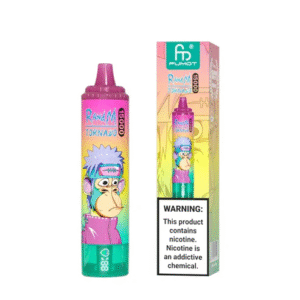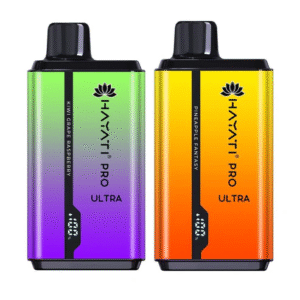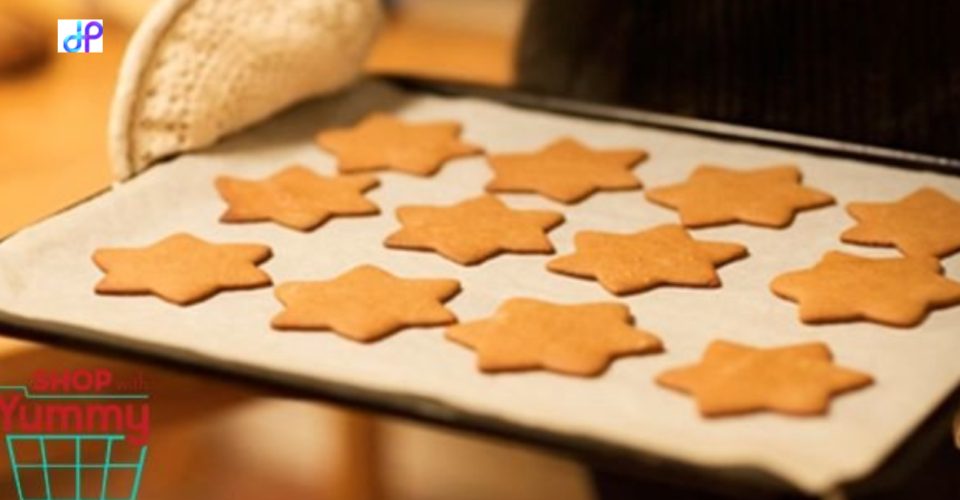
In the bakery business, the way your products look, feel, and are presented can be just as important as how they taste. From warm croissants to buttery cookies, the right paper for bakery products not only protects your baked goods but also supports your brand and customer satisfaction. As sustainability and branding become essential in food packaging, choosing the right bakery paper is a decision that directly impacts quality and perception.
Whether you run a local pastry shop or supply baked goods commercially, this guide explains how to select the best paper for your bakery needs — covering everything from material types to branding benefits and supplier insights.
What Is Paper for Bakery Products?
Paper for bakery products is a food-grade material used to bake, wrap, or display baked goods such as bread, pastries, muffins, cookies, and cakes. It comes in various forms — like parchment, waxed, greaseproof, or kraft paper — each serving a unique function depending on the bakery item and how it’s packaged or prepared.
Beyond function, bakery paper plays a crucial role in how your baked goods are perceived. Well-designed, high-quality paper adds a layer of professionalism and hygiene, and in many cases, it’s the first touchpoint your customer has with your brand.
Types of Bakery Paper
Not all bakery papers are created equal. Choosing the right one depends on your products, baking process, and packaging needs. Here are the most common types:
Parchment Paper
A non-stick, heat-resistant paper used mainly for baking. It can handle high temperatures and is ideal for lining trays, pans, and sheets to prevent sticking and promote even cooking.
Can parchment paper go in the microwave
Greaseproof Paper
This paper is treated to resist grease and oil, making it great for items like donuts, croissants, and buttery cookies. It’s perfect for wrapping and display.
Greaseproof Paper – A Complete Guide for Home and Commercial Use
Wax Paper
A smooth, moisture-resistant paper coated in wax. Ideal for wrapping baked goods that don’t require heating. Not suitable for oven use, but perfect for presentation and takeaway.
Butcher Paper
A thicker, durable paper used for rustic bakery packaging, especially for artisan loaves or large baked items. It adds a homemade, traditional look.
How to Choose the Right Butcher Paper for Your BBQ
Kraft Paper
An eco-friendly, recyclable choice used widely for packaging. Great for branding and minimalistic presentation, especially when used with twine or paper stickers.
Each type serves a purpose — and often, bakeries use more than one depending on their menu and product packaging needs.
What Are the Benefits of Using Paper for Bakery?
Using the right bakery paper is more than just convenience — it provides tangible benefits to your business and your customers:
- Food Protection: Keeps items clean, moisture-balanced, and fresh during transport or display.
- Professional Presentation: Improves visual appeal, which directly affects buying decisions.
- Hygiene & Safety: Prevents direct hand contact and reduces contamination risks.
- Ease of Use: Simplifies food prep and cleanup, especially with parchment and non-stick options.
- Eco-Friendliness: Paper options are often compostable, recyclable, or made from sustainable sources.
As consumers become more aware of packaging waste, bakery paper presents a solution that combines function and responsibility.
How Does Bakery Paper Create Interaction Between Customers and the Brand?
Bakery paper isn’t just packaging — it’s an experience. A beautifully wrapped pastry or a loaf tucked into branded parchment creates a lasting impression.
Here’s how it strengthens brand interaction:
- Visual Storytelling: Custom-printed paper tells your brand’s story, whether that’s modern, rustic, luxurious, or eco-conscious.
- Social Media Visibility: Customers often share food photos online. Branded bakery paper makes your products more “Instagrammable.”
- Memorability: A customer may not remember a plain white wrap, but they will remember a bagel wrapped in paper with your logo, message, or even a QR code.
- Trust & Loyalty: Repeating your logo and colors builds brand trust and reinforces quality in the customer’s mind.
In short, bakery paper becomes a part of your marketing — without saying a word.
Why Should We Use High-Quality Paper for Bakery?
Low-grade or wrong types of paper can harm product quality, appearance, and safety. Here’s why high-quality paper for bakery products matters:
- Food Safety Compliance: Only food-grade paper prevents ink leaching, grease soaking, or contamination.
- Heat Tolerance: Good parchment paper withstands oven temperatures without curling or burning.
- Durability: Prevents tearing, sogginess, or staining during packaging and delivery.
- Brand Integrity: High-quality materials show that your brand values quality, even in the smallest details.
Investing in premium bakery paper is an investment in your product’s reputation and shelf appeal.
Where to Buy High-Quality Baking Paper?
Finding the right supplier is just as important as choosing the right type of paper. You want a vendor that offers food-safe, sustainable, and brandable solutions.
Look for:
- FDA-approved and food-grade certified materials
- Custom printing options for branding
- Various paper types (parchment, greaseproof, wax, kraft, butcher)
- Eco-friendly or compostable options
- Fast shipping and low minimums
One trusted name in this space is The Deli Paper, known for its commitment to high-quality food packaging, including bakery-specific papers like wax, butcher, parchment, and custom wraps. Whether you’re running a small bakery or managing multiple outlets, they offer tailored solutions to match your packaging and presentation needs.
Always request samples and confirm customization capabilities before placing large orders — the difference in feel, print clarity, and grease resistance can be significant.
Conclusion
Choosing the right paper for bakery products isn’t just about wrapping a croissant or lining a tray — it’s about protecting your product, elevating your presentation, and connecting with your customer through every detail. From parchment paper that supports baking to custom wraps that elevate branding, your packaging paper should align with your bakery’s mission and image.
By understanding the different types of paper available and how they impact product experience and customer perception, you can make smarter decisions that benefit your business long-term.
And when you’re ready to upgrade your bakery packaging, consider partnering with providers like The Deli Paper who understand the intersection of quality, branding, and sustainability.

